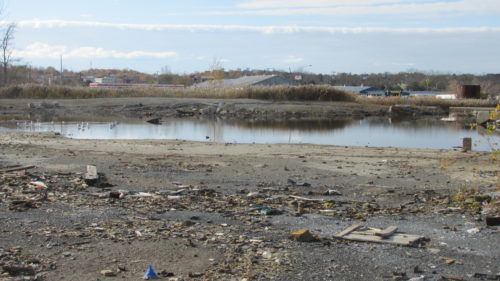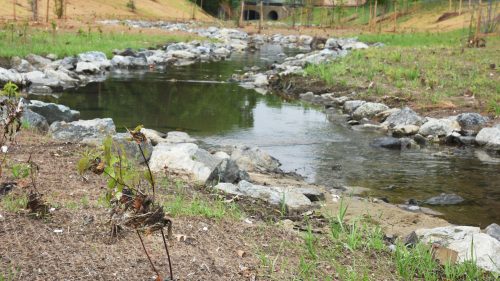Permitting & NEPA
Environmental Analysis and NEPA Documentation
Planning a project requires a thorough understanding of a project’s purpose and need, the goals of the project’s sponsor, and the natural, cultural, and socioeconomic context within which the project will be accomplished. Integrating these environmental “values” into the planning process allows for consideration of the potential impacts of a proposed action and any reasonable and prudent alternatives that would reduce or minimize such impacts to the maximum extent possible. It also affords the opportunity for public involvement in the decision-making process. For Federal actions, the planning process is governed by the National Environmental Policy Act (NEPA), and many states employ a corollary process similar to NEPA for respective state actions.
JMT is experienced in developing and managing small and large-scale NEPA and state documents, and has completed many of the following for local, state, and federal clients:
- Categorical Exclusions (CEs)
- Environmental Assessments (EAs)
- Environmental Impact Statements (EISs)
- Findings of No Significant Impact (FONSIs)
- Records of Decision (RODs)
- Section 4(f) Evaluations
- Natural Environmental Technical Reports (NETRs)
- Alternatives Analyses
- Community Outreach and Public Involvement Programs
Our planners work in conjunction with our natural resource professionals to complete the necessary studies to analyze the affected environment and environmental consequences for any issue areas pertaining to the proposed project, including:
- Traffic and transportation
- Socioeconomic and Environmental Justice
- Air quality
- Noise
- Energy
- Natural resources (floodplains, wildlife and habitat, rare/threatened/endangered species, Waters of the U.S., water quality, geology and soils)
- Cultural and historic resources
- Hazardous materials
- Aesthetics / visual quality
- Construction-related impacts
- Secondary and cumulative effects / indirect and cumulative effects
Regulatory Permitting
Regulatory permitting can be a challenge to clients on many levels and often provides a stumbling block to projects if not considered early in the project development process. Researching and identifying federal, state, and local regulatory permit requirements is essential for successful implementation of projects. Making the wrong assumptions with respect to permitting requirements often results in regulatory disputes and schedule setbacks.
JMT’s team of environmental scientists and specialists has numerous years of regulatory permitting experience at the local, state, and federal levels. We help our clients develop strategies that ensure compliance with regulatory permitting requirements while meeting or exceeding project goals with respect to schedule and budget. These services are especially important for design-build projects, which are known to have multiple critical paths and, thus, conflicting priorities with respect to regulatory permitting.
We provide cradle-to-grave services for all aspects of regulatory permitting, including field delineation and data collection, planning, regulatory scoping, design, permitting, and construction. JMT staff actively seek and recommend innovative avoidance and minimization methods to reduce project impacts, expedite the permitting process, maintain overall schedule, and reduce costs.
JMT’s permitting experience includes:
- Section 404 – Wetlands & Waterways, Tidal & Non-tidal
- Section 401 – Water Quality Certifications
- Maryland Forest Conservation Act (FSDs, FCPs)
- Maryland Reforestation Law and Roadside Tree Law
- Chesapeake Bay Critical Area Coordination
- Consultation under Section 7 of the Endangered Species Act
- Section 4(f) and Section 106 coordination
- Water appropriations permits
- Spill Prevention, Control & Countermeasures Plans (SPCC)
- Avoidance, minimization, and mitigation plans
- Mitigation monitoring
- NDPES permits
- Dam emergency action plans
- Stormwater Pollution Prevention Plans (SWPPPs)
- Air quality conformance
- Stormwater management/water quality and erosion and sediment control
- Preparation of environmental documentation to support permit applications



